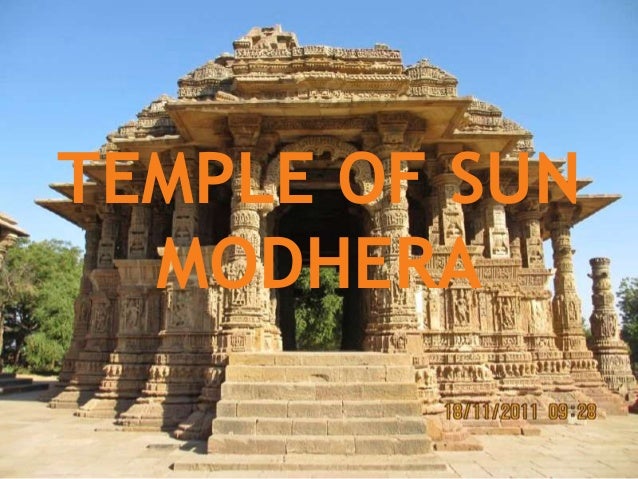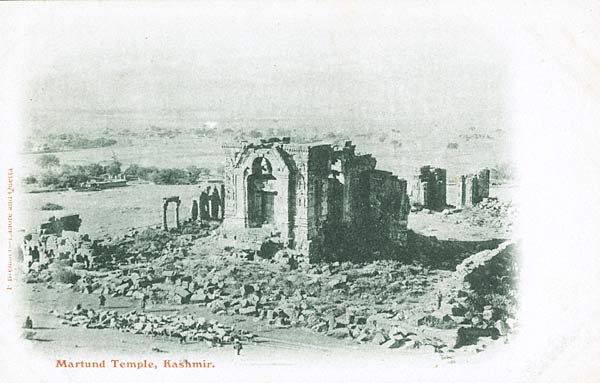In India, solstices and equinoxes have been
embedded in the living culture, and the roots perhaps would have been embedded
in the megalithic astronomical substratum. Even today, there are scores of
centuries-old temples where the first rays of the solstice sun strike the
interior shrine.
A detailed study of the famous Gavi Gangadhareshwara Temple in Karnataka,
 |
- where the sun rays touch the Shiva Linga on Makara Sankranthi, was taken up by the astronomers of Jawaharlal Nehru Planetarium, Bengaluru. They discovered that it was a unique temple which incorporated a marking for both the solstices.
- They studied a painting of the temple dated 1792, which showed that “the passage of the sunlight into the cave was probably intended for marking winter solstice”.
- And
the new construction made in the last two centuries had actually disrupted
the way sunlight interacted with this cave temple as originally intended.
Samba Purana speaks of Samba, the son of Krishna, through the bear clan leader Jambavan as the
one who built three temples for the sun in India;
- Konark was built for the morning sun and
in eastern India;
- Modhera temple in Gujarat, which was built for the evening
sun and situated along the western coast of India;
- Multan temple (now in Pakistan) for the afternoon
sun.

Though Samba Purana is a later-day mythology, the sun temples themselves should have been older. For example, even a Greek account of Alexander’s time mentions a magnificent sun temple in Taxila (which is now in Pakistan). We don’t know if these temples were aligned to the movement of the sun on a pan-Indian scale.
- This
is a grand temple to the Sun God concieved and built in 1026.
- As
in the Sun Temple at Konark, this temple was so designed that the rays of
the Sun would fall on the image of Surya at the time of the
equnoxes.
- Whatever
remains of this temple is grand; the shikharas are notaby absent but the
Toranas in the frontal halls, and the intricate carvings in the exterior
speak of the splendour of this shrine, which still is home to the Modhera
dance festival featuring dance celebrities in performance in a natural
setting.
 |
- Ruins
of the sun temple at Modhera in Gujarat show a lot of Magha
influence.
- The walls
of the temple have representations of the sun god wearing a peculiar West
Asian belt and boots as in the Sun temple at Gaya.
- Mention
must also be made of the huge tank in front of the temple with its
multitude of images.
The Sun Temple at
Konarak, Orissa
 |
- The
grandest and best known of all Sun temples in India is the Konark temple
in Orissa.
- This dates
back to the 13th century and it represent the highest
point in Orissan temple architecture. Konark is situated 20 miles to the
north east of Puri.
- The
word Konark means corner sun.
- The
black pagoda at Konarak is a grand and magnificient temple in the form of
the suns charriot drawn by seven horses marking the 7 days of the
week.
- The
24 huge wheels, magnificiently carved and decorated, mark the hours of the
day.
- This
temple was envisioned by the Ganga ruler Narasimha Deva and it was not
fully completed.
- The
main idol of the Sun God on which the suns rays fall in the morning is
said to have been removed by some Portuguese navigators.
- The
temple now comprises only of the sabhamandap and the natamandir. The main
temple crumbled down many years ago.
Sun Temple at MULTAN !
 |
The seventh-century Chinese pilgrim Xuanzang, or
Hsüan-tsang, also
mentions the well-established sun temple at Multan which, today, is utterly
destroyed to a pile of stones and in quite a degraded condition. Hsüan-tsang’s
description speaks of “the image of the Sun cast in yellow gold and ornamented
with rare gems”. Though himself a Buddhist, he felt its “divine insight” and
“its spiritual powers made lain to all”. Then, he describes women playing music
and of constant royal patronage. The temple was also a centre for
compassion.
Today, all that remains of this grand multifaceted sun temple is a heap of stones – destroyed by Islamists repeatedly. Early Islamic invaders destroyed most of the temple and kept the sanctum just to blackmail the Hindu confederacy to not attack their base. They would threaten to destroy this temple sanctum if Hindu kings invaded the aggressors. However, they placed a skinned cow hide over the deity to underline the humiliation.
MARTAND TEMPLE :: Kashmir !!
In Kashmir, where yet another magnificent sun temple was
present, archeo-astronomical studies have revealed an impressively constant
human fascination with celestial events and their attempts to record
it. Naseer Iqbal et al of the University of Kashmir investigated a
rock carving of multiple concentric circles in Bomai Sopore (Baramullah) as the
recording of “a meteorite impact that occurred sometime between 40,000 BP and
6,000 BP”.
 |
Another Neolithic hunting scene depicted at the site of Burzaham (Srinagar, Kashmir) might have been a sky map depiction of “the prominent constellations and the moon on the night when a supernova was observed”.
 |
The Martand sun temple built by Lalitaditya in Kashmir in eighth century CE, which in turn was built as an improvement over on an earlier existing structure, could be the culmination of a movement that dated back to upper Palaeolithic times in Kashmir.
Sun Temples Outside India
- Sun
Temple at Multan - Pakistan
- Karnak
Sun Temple in Egypt
- Mayan
Resources
- Travel
Egypt - Temple at Abu Simbel
- Mesa
Verde Sun Temple
- Sun
Temple of Abu Ghurab
- Sun
Temple of Nuissere
- Mesoamerican
Sun Temple
-----------------------------------------------------------------------------------------------------------------------
Additional reading !! ( only for those interested )
The land of India today spans from 6.7 degrees North latitude to
37.1 degrees North latitude. In this wide span, we find a plethora of Sun
temples, almost in a straight line around 23 degrees North latitude.

